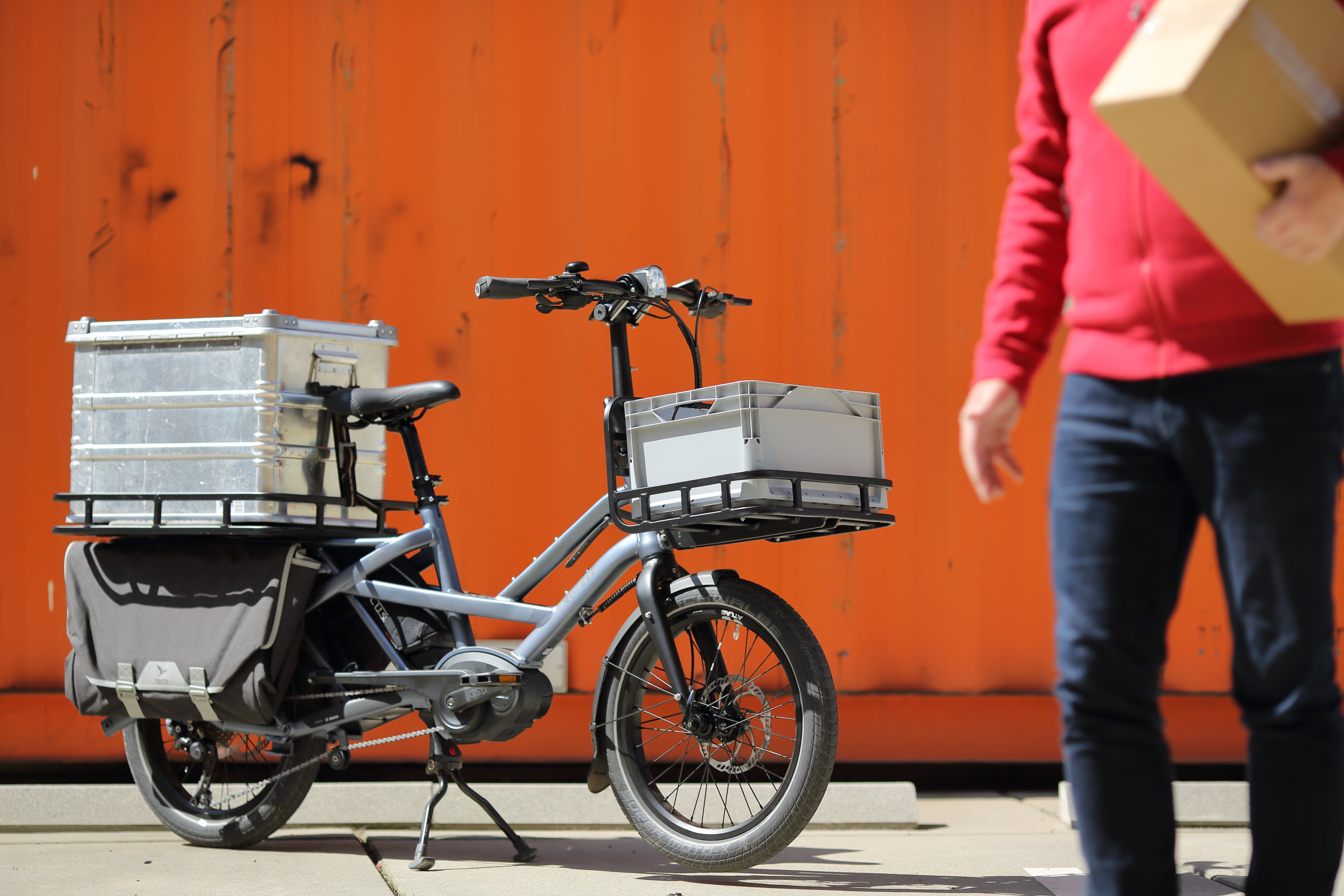Tally up the number of things you bought online in the last week? Pre-lockdown it might have been a few online deliveries, the odd supermarket shop and maybe a cheeky takeaway on a Saturday night.
Eighteen months later, what are the changes? 89% of UK consumers shopped online during the pandemic, 31% for the first time. DIY meal kits boomed, the fashion industry saw Depop explode into life and Amazon attracted 86% of British shoppers to its site. In January and February this year, ecommerce sales accounted for 20% of total retail sales in the UK.The huge boost in eCommerce caused by the coronavirus pandemic, and the resultant influx in home deliveries is a trend some believe is here to stay, but what is the true cost it’s having on our society, our retailers and even our environment?
Brand dilution and customer experience
We live in the age of the gig economy, by which we mean millions of workers creating an income stream out of short-term assignments or ‘gigs’. Home delivery services are one of the most common - we’ve all seen it. Unbranded vans, nameless individuals ‘ring’ your doorbell and then leave before you even answer the door, all to find a solitary package shoved through your letterbox or left on your doorstep, whilst they move onto the next delivery. Often, it is not even for you. Where’s the personalisation, the experience, the days of knowing your postie by name? Sadly, do we even care?
Cost and efficiency
Customers expect free delivery, speed, visibility and flexibility around purchase time, but in reality the last mile is one of the most expensive (and emotional) elements of the supply chain, making up 41% of total costs. It relies on warehousing, vehicles, order pickers and drivers - all of which have to be paid for, and that’s before you factor in the cost of re-deliveries or picking up returns.
The result? Last mile delivery models are becoming unsustainable and it’s retailers who are taking the hit to their profit margins. In a traditional retail environment, scaling up purchases would usually solve income problems, but for the businesses who were forced to scale up their home delivery operations and increase capacity at breakneck speed during the peak of the COVID-19 pandemic, their initial model is no longer sustainable. For these companies, research shows that increases in delivery volumes will actually lead to decreases in profits if their current supply chain model doesn’t find operational efficiencies or ways to reduce overheads.
Environmental impact
Next day deliveries, multiple deliveries from different suppliers, and the majority of it by combustion engine, not to mention the huge amount of packaging ending up straight in the bin – the impact on our planet is not good. So how should postal operators and businesses respond to this, and what is the government doing to incentivise greener choices?
Postal sector players have lots of options there, including encouraging the consumer to receive deliveries in more sustainable ways, such as self-pick up at parcel lockers. There’s also a huge potential to harness data and analytics to predict customer behaviour and optimise inventory and route management to minimise the carbon footprint. Another obvious solution is partnering with local distribution and fulfilment networks to consolidate on deliveries and share key resources. This would enable retailers to save on mileage costs and costly warehousing units, and best of all, would provide the customer with one single, timely delivery instead of three or four.
The future of the last mile
The impact the pandemic has made on the last mile has accentuated the need to change and adapt this crucial element of the supply chain. It needs to become greener, provide greater visibility to the consumer, and find efficiencies or automations that lower costs. Simply put, it’s a market space ripe for technology-led disruption.
Jeremy Stevens, Commercial Lead, Worth Internet Systems
Jeremy Stevens is a highly experienced business leader who has worked extensively on digital transformation and innovation in retail and logistics for over 20 years.
